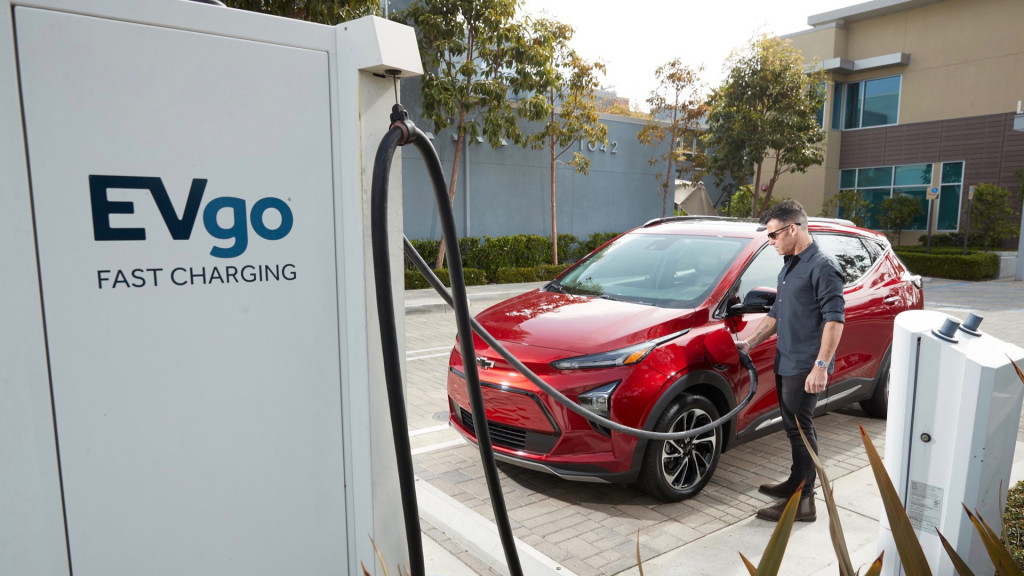Between charging networks and automakers, there's currently an overload of charging apps, all trying to do variations of the same thing: Getting you to the fastest available chargers, along your route, and being functional inside and outside the car.
A major obstacle preventing the rise of one app to rule them all is the growing divide between charging-network apps that rely solely on smartphones, and automaker-backed apps designed primarily for use with in-vehicle infotainment systems.
The ChargePoint app is one of the most popular examples of the former. ChargePoint recently announced Android Auto compatibility (following the announcement of AppleCarPlay compatibility last November), helping to bridge the gap by allowing functions to be projected from a smartphone onto a car's infotainment system.

ChargePoint app running on Android Auto
However, third-party software doesn't always work well. Google Maps started adding charging-station data in 2018, but from what we’ve found—both in using Google Maps, or in using the Android Automotive OS—the data often doesn’t include charging power or availability.
At the same time, automakers are developing their own in-car apps to provide charging information.
General Motors has offered real-time charging smarts to Chevrolet Bolt EV owners, via an Energy Assist app that’s CarPlay and Android Auto compatible.
But GM just announced Wednesday streamlined brand apps, to take into and out of the vehicle, that will tap into one-click charging via agreements with seven charging networks. That sounds similar to the Plug&Charge protocol embraced by some other automakers, although GM didn't mention that name specifically.

2022 Chevrolet Bolt EUV at EVgo fast-charging station
The Ford Mustang Mach-E was primed for Plug&Charge thanks to the existing FordPass app, which the automaker launched a few years ago, primarily for other functions like vehicle status and prepaid parking. Tesla has had its own charging-information functionality for much longer.
Notably absent so far is Volkswagen. While it's in the midst of a major EV push, starting with the ID.4 crossover, VW lacks a single coordinated app for charging and related functions.
Meanwhile, the upcoming BMW i4 will include a new interface that includes an iPhone-compatible digital-key function, plus Apple Maps and CarPlay-based navigation to charging, the automaker has said. The i4 is expected to arrive in the United States next year, as a 2022 model.
ChargePoint and other major networks do have some roaming payment agreements with each other in place. But the simplified, one-interface Tesla solution is surely the template for the future—and all these apps, one at a time, might not seem so relevant.











